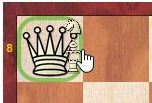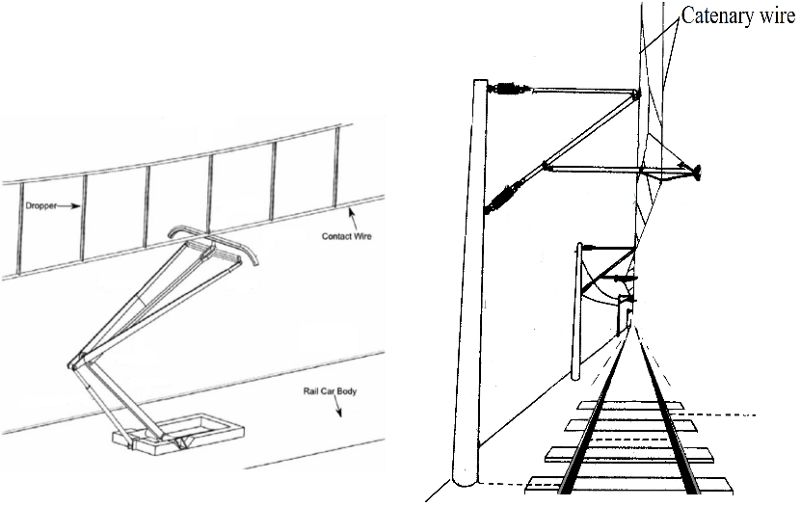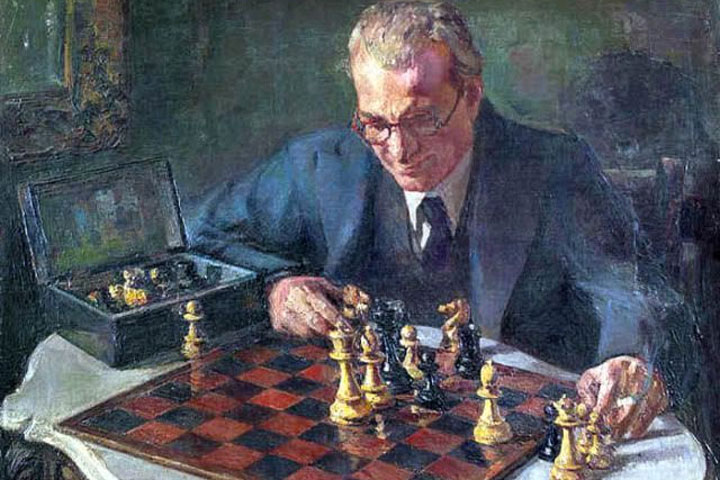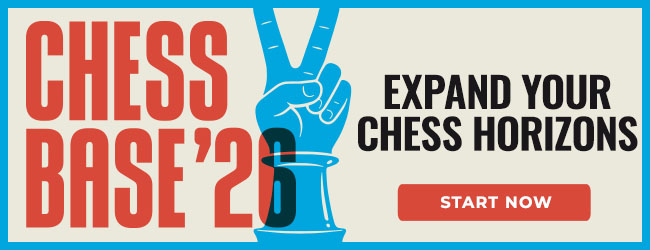We start the final Christmas puzzle day with two fairly simple problems: straightforward mates. They are "twins," with the second position being a 180° rotation of the first. The reason I am showing them is that artist Abraham Jacob Bogdanove painted a picture (above) of himself composing the problem. The position was later reconstructed from the painting by Luke Neyndorff and published in The Chess Problemist in 1920. The three pieces on the white kingside, wNg1, wRf2, and bNe1, are not clearly visible, so the positions (like the story) may not be wholly accurate. But it remains a unique way of presenting a chess problem.
In both diagrams there is an engine waiting to play defensive moves and prevent White from mating in two and one moves. So it will be fairly easy for you to work out the solutions.
Was the second of the twin puzzles too short? Then let's take it to the other extreme. The following position was published in the ChessBase India Christmas-New Year Solving page:
I dedicated the previous Christmas Puzzle instalment to selfmates, which as it were turn the nature of adversity between the two sides right on its head. In a selfmate Black must execute the checkmate, but does so completely against his own will. In other words, the task demands White to force a resistant Black to deliver mate; or, by way of an analogy, one can say that White commits suicide despite Black's utmost efforts to prevent it.
In the above problem you will soon see that the only black piece that can move is that bishop on h2. And after a little thought you will discover that the final forced mate will involve the pawn on h7 capturing something on g6. There are two problems: the white king has an escape square, e4, which has to be blocked; and Black must be forced to play Ph7xg6, and not simply make another bishop move, as he would gladly do.
 In order to make solving easier I have added a chess engine that will play the (forced) black moves. All you have to do is find the right path to the selfmate, and count the number of moves you need to have it successfully executed. Note that to underpromote you can specify which piece you take, as shown in the screen shot here.
In order to make solving easier I have added a chess engine that will play the (forced) black moves. All you have to do is find the right path to the selfmate, and count the number of moves you need to have it successfully executed. Note that to underpromote you can specify which piece you take, as shown in the screen shot here.
How many moves to mate?
In 1986 John Nunn sent us a chess problem that was, at the time, the longest dual-free direct-mate with a legal starting position that had ever been devised. I am sure some problemist will tell me that the record has been subsequently broken. In any case you can try your hand at this one:
To help you, the first moves of the problem are given. It is your task to move the pieces on the board to complete the solution. It is probably good to fetch a coffee and some New Year's cookies before you start. To make things easier you can click on the fan icon to start an engine, which will play countermoves, this time rigorously defending against mate.
One more? On the ChessBase India Christmas-New Year Solving page there was another problem that caught my eye:
In this Malcom original the struggle between the two sides revolves around a different point. White's goal is to castle long (needless to say he has the right to do so). Black, on the other hand, is bent on denying the white king this royal privilege! The stipulation implies that if both sides pursue their opposing objectives without making any errors, then White will be able to execute O-O-O on his 67th move. Your job is to discover how. Finding 76 moves is insane, you complain? Well, not really, these 76 moves are nothing more than a few blocks of long (but necessary) repetitions!
Thanks to Satanick Mukhuty for pointing out the Bogdanove painting and two of the problems.
A logical non-chess problem
And now, as Monty Python would say, for something completely different. Almost exactly ten years ago I was at a railway station in Emsdetten, Germany, with a 14-year-old lad who had just become a full grandmaster. We were on our way to Frankfrurt where I was taking him to work with World Champion Vishy Anand (who was preparing for his upcoming match against Veselin Topalov). The lad was Anish Giri, who is currently number 11 in the world.
The trains passing by had bow collectors (or pantographs) that drew electricity from power lines (catenaries) above. Looking at them we could clearly see that they did not run in a straight line. They were mounted in a way that made the power lines trace a (mild) zig-zag path. My question to Anish was: why did the overhead contact wire not follow a straight line? Why did it have a zig-zag pattern, as shown in the picture above? He could not tell me why.
A few weeks ago I asked Anish, who one of the brightest minds in chess, and generally very smart, if he now knew the answer. No, he didn't.
Now some of you will know that I have been investigating whether chess super-talents are generally smarter than regular kids? So I proceeded to send the problem to other exceptional chess players, most with GM titles and under 15 years old, but some adult GMs close to 2800. I also gave the same problem to a math professor, a quantum physicist, the head of a project group at Intel, a doctor of engineering – and generally to numerous boffins. Just two got it right: the Prof after a day of pondering, and the engineer after a few dozen milliseconds. Just two? This amazes me: shouldn't the solution, which is very simple, be immediately obvious to everyone. Perhaps you, dear readers, can figure it out?!
The solutions to the problems of our 2020 Christmas Puzzle series will be given on January 2nd (and not January 1st, as previously mentioned).


















 In order to make solving easier I have added a chess engine that will play the (forced) black moves. All you have to do is find the right path to the selfmate, and count the number of moves you need to have it successfully executed. Note that to underpromote you can specify which piece you take, as shown in the screen shot here.
In order to make solving easier I have added a chess engine that will play the (forced) black moves. All you have to do is find the right path to the selfmate, and count the number of moves you need to have it successfully executed. Note that to underpromote you can specify which piece you take, as shown in the screen shot here.





